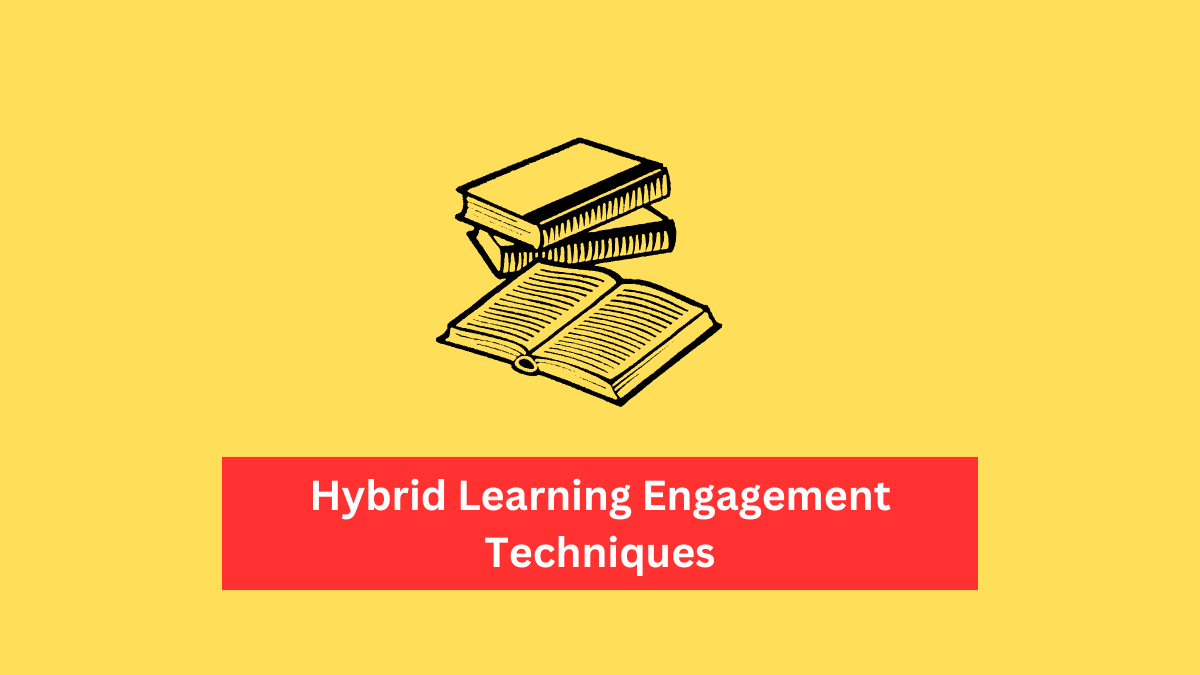Welcome to the world of hybrid learning, If you’re scratching your head wondering what that is, you’re not alone. Hybrid learning is a blend of traditional face-to-face instruction and online learning, creating a dynamic and flexible educational environment. But here’s the kicker: it’s not just about combining two methods; it’s about engagement.
The Rise of Hybrid Learning
Historical Context
Believe it or not, hybrid learning isn’t a new concept. It’s been evolving for years, but the recent pandemic really gave it a turbo boost. Schools and universities had to adapt quickly, and many realized the potential benefits of this flexible approach.
Current Trends in Education
Fast forward to today, and hybrid learning is here to stay! Institutions are recognizing that a one-size-fits-all approach doesn’t cut it anymore. They’re mixing it up with various learning techniques to cater to diverse student needs.
Understanding Engagement in Hybrid Learning
What is Engagement?
Engagement isn’t just a buzzword; it’s the heartbeat of effective learning. It refers to how involved and interested students are in their learning experiences. Picture it like a relationship if there’s no connection, things can fizzle out quickly.
Why Engagement Matters
So why does engagement matter? Simply put, engaged students are more likely to retain information, perform better, and enjoy the learning process. It’s like trying to motivate a cat to take a bath good luck if they’re not interested!
Key Techniques for Enhancing Engagement
Now that we understand the importance of engagement, let’s dive into some powerful techniques to keep students hooked.
Interactive Content
Quizzes and Polls
Imagine taking a class where you can vote on what topic you want to learn next. That’s the magic of interactive content! Quizzes and polls not only make learning fun but also give students a voice.
Gamification
Who doesn’t love a good game? By incorporating elements of gamification think points, badges, and leaderboards you can turn learning into an exciting adventure. It’s like leveling up in a video game, but with real knowledge!
Collaborative Learning
Group Projects
Let’s face it; working in groups can be a blast! Collaborative learning allows students to share ideas and learn from each other. Plus, it mimics real-world scenarios where teamwork is essential.
Peer Review
Nothing boosts engagement like giving and receiving feedback. Peer review encourages students to critique each other’s work, fostering a sense of community and accountability.
Real-World Applications
Case Studies
Connecting theory to practice is vital. Using case studies helps students see how their learning applies to real-world situations. It’s like adding a splash of realism to a movie it makes the story come alive!
Guest Speakers
Inviting guest speakers can provide fresh perspectives and inspire students. Hearing from someone who’s “been there, done that” can motivate students to engage more deeply with the material.
Utilizing Technology for Engagement
Learning Management Systems (LMS)
An effective LMS can be a game-changer. It centralizes resources, tracks progress, and facilitates communication between instructors and students. It’s like a digital hub for all things learning!
Virtual Reality and Augmented Reality
Imagine walking through ancient Rome or exploring the human body without leaving your classroom. With VR and AR, the possibilities are endless. These technologies can make lessons immersive, pulling students into the experience.
Strategies for Instructors
Building Community
Creating a sense of belonging is key. Instructors should foster an environment where students feel comfortable sharing ideas and asking questions. It’s like planting seeds in a garden; with the right care, they’ll flourish!
Regular Feedback and Assessment
Feedback shouldn’t just be a one-time deal. Regular check-ins and assessments help students know where they stand and what they can improve. It’s like having a coach who keeps you motivated and on track.
Challenges in Hybrid Learning
Technological Barriers
Not all students have equal access to technology. Schools must address these barriers to ensure everyone can engage fully. It’s about leveling the playing field.
Student Motivation
Let’s be real: not every student will be equally motivated in a hybrid setting. Finding ways to spark that interest is crucial. Sometimes, it’s all about the right nudge!
Future of Hybrid Learning Engagement
Emerging Trends
As technology continues to evolve, so will hybrid learning. From AI tutors to personalized learning paths, the future is bright and full of possibilities.
Predictions for the Next Decade
In the next decade, expect hybrid learning to become even more integrated into educational systems. Who knows? We might be looking at fully immersive learning experiences that are as engaging as they are educational.
Conclusion
To wrap it all up, hybrid learning is more than just a trend; it’s an opportunity to revolutionize education. By implementing engaging techniques and leveraging technology, we can create a dynamic learning environment that meets the needs of all students. So, let’s roll up our sleeves and dive into this exciting journey!
FAQs
What is hybrid learning?
Hybrid learning combines traditional classroom methods with online instruction, providing flexibility and accessibility.
How can technology improve engagement in hybrid learning?
Technology facilitates interactive content, real-time feedback, and immersive experiences, all of which enhance student engagement.
What are some effective engagement techniques?
Techniques like quizzes, gamification, collaborative projects, and real-world applications can significantly boost engagement.
How do instructors create a sense of community in hybrid settings?
Instructors can build community through regular interactions, collaborative projects, and creating inclusive environments.

